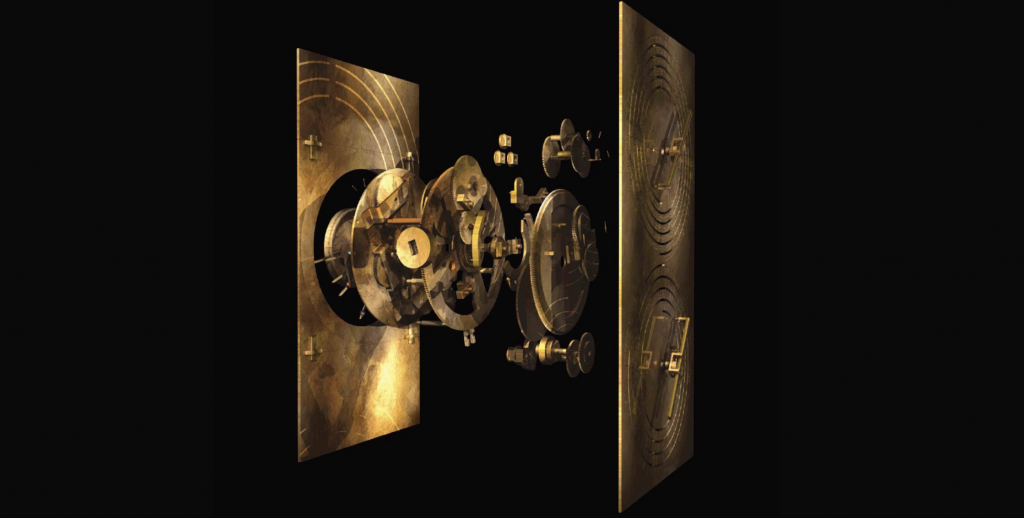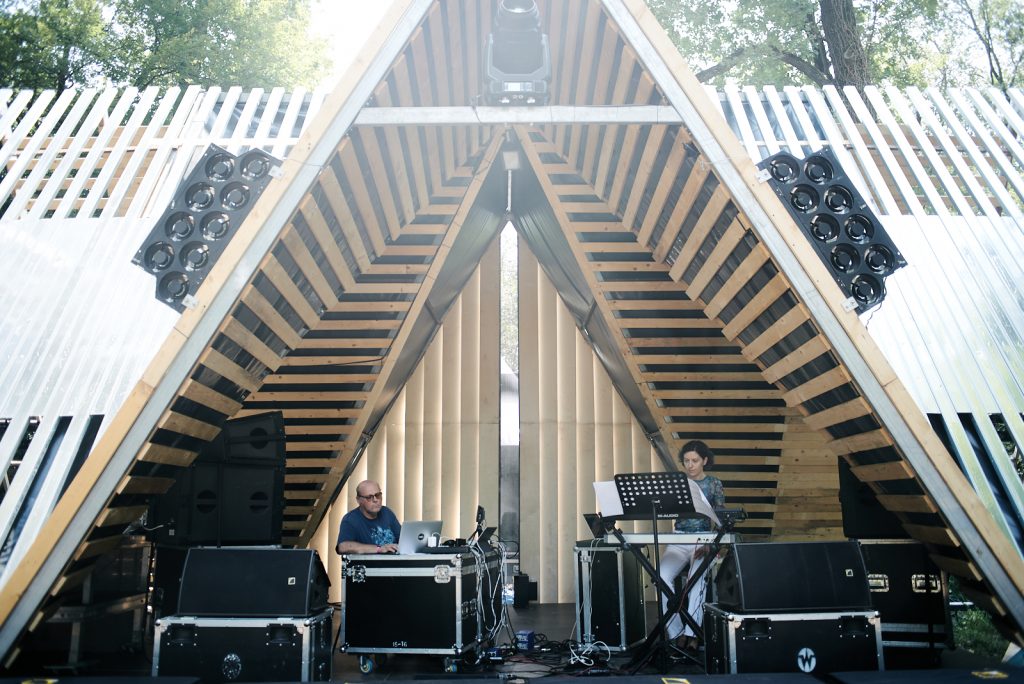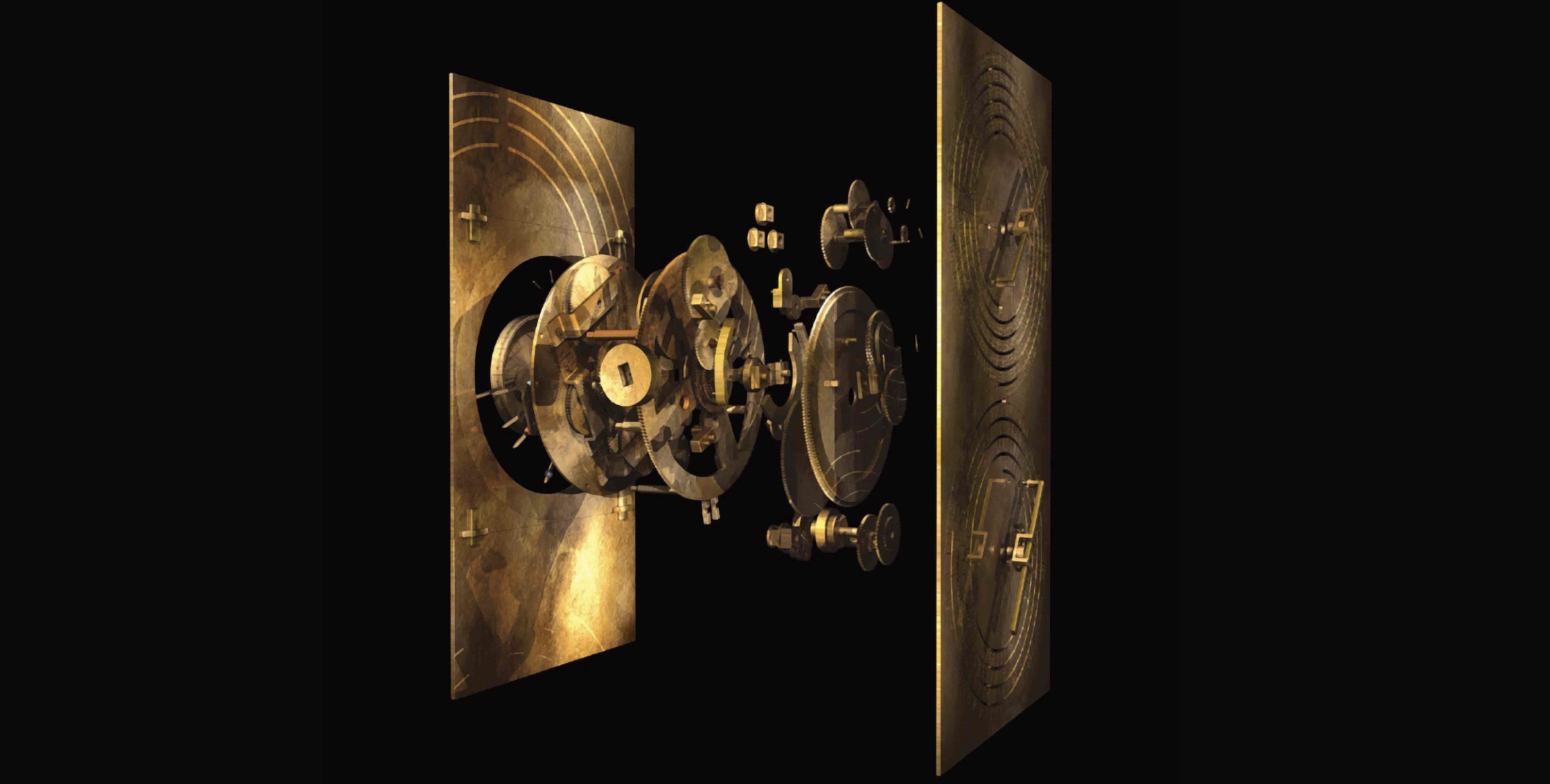Text by CLOT Magazine

Metrica Edizioni is an Italy-based recently created publishing initiative focusing on leftfield practices. Founded by Leonardo Scotti, the project also involves Ruggero Pietromarchi (founder and creative director of Terraforma festival) and Tomasso Garner. It was created to work as an independent publisher mostly for music, art editions and books.
The name of the label comes from Scotti’s father latest work initiative. Since his passing last year, Scotti shares that many things shifted in his life and also his attitude regarding his work industry. He then decided to use the Metrica name as he felt it was perfect as a label name as well as a tribute to his father: The word ‘Metricaʼ is also used in the music field for both Italian and English, to me, it has a very sensual and catchy sound. When I think of ‘Metricaʼ I imagine something strong, organized and everlasting, which is what the project is aiming to, Scotti shares.
He also shares that he started to work as a photographer at a very young age, and despite deeply loving his profession, he always wanted to do something else aside from photography, something where he wasnʼt the central subject. Then, together with the enlightened mind of Ruggero Pietromarchi, they conceived the Metrica project.
Their main objective was to incept a publication house focusing on art and language through music, books and art editions: The idea and concept behind it are to have a container of ideas, a channel through which we are able to manifest our interests throughout a diverse set of media (music, books, art edition), focusing in research, archival, and enhancement with a modern key of analogue projects of the past. Tommaso Garner is also helping with graphics and future ideas- Scotti also shares.
How the team approaches new projects involves integrating an extensive variety of ideas. Both Scotti and Pietromarchi define themselves as instrumentalists, and both practice electronic music, therefore, there is a total complementarity between them which allows having equal exchanges and maintaining proper roles.
Metrica launched this June with a music album release, a collaboration between Ricciarda Belgiojoso & Walter Prati and an unexpected musical combination of two masterpieces of modern music rethought through the use of contemporary electronic instruments. The project was presented at Terraforma Festival 2019, and Pietromanchi thought it was the perfect fit for the Metrica concept.
Ricciarda Belgiojoso and Walter Prati have created several musical projects where piano, keyboards, and electronics interact dynamically and unusually. As a pianist, Ricciarda specialized in contemporary and electronic music. Walter comes from improvisation and computer music, having worked on the first processors for live electronics and longstanding collaborations with musicians such as Evan Parker, Giancarlo Schiaffini, Thurston Moore and Robert Wyatt.
They are both especially interested in the relation between sound and space. We worked together on the soundscape and have continued to develop experimental projects as a duo and with other musicians.

Talking about the inspiration behind the work that had been developed for Metrica Edizioni 001, the duo shared that they had recently focused on revisiting for keyboards and electronics a series of important works of the last decades, and It came naturally to propose together Tierkreis and A Rainbow for Curved Air:
Opposed but yet so close as night and day, these two masterpieces that look at the sky were composed at the same epoch and represented two visionary ways of intending music in the late 60s and early 70s, from the West Coast to Germany. Aleatory but in such different ways, Stockhausen’s so precisely characterized twelve short pieces and Riley’s wide, shimmering piece reflect two true avant-garde thoughts and invite us to explore the interior space as well.
Rainbow in Curved Air (1968) was a work of extraordinary popularity for generations of fans of rock and psychedelic music, born within the American counterculture of the sixties on the West Coast, between pacifism and mystical spirituality, between pop music and Indian classical music, offers suggestive opportunities to experiment with different performing approaches, both in the structure of the song, with a series of patterns that can be combined with each other, and in the sounds, for the freedom offered by the keyboards.
On the other hand, Tierkreis (1974) is an unusual composition in the Stockhausen universe: it takes a decisive step towards a simplicity unknown until then, directly connected to Stockhausen’s more visionary and radical ideas. He claimed to be in direct contact with the cosmos, declaring himself to be an alien. Each melody must be performed at least three to four times with variations and improvisations and has its own character, describing the most prominent characteristics of the human types because twelve are the zodiac signs and the number of notes in the octave.
The album cover designed by Tommaso Garner is a take on some of these Stockhausen ideas. It portrays Antikythera Mechanism, a mechanical computer of bronze gears found in Greece that used ground-breaking technology to make astronomical predictions by mechanizing astronomical cycles and theories. Some have attributed the extreme complexity of the mechanism to be of an extraterrestrial origin.
As for what can we expect next from Metrica, the team shares that they are now planning many other releases, among them, a compilation and archive of an unknown underground Italian music and cultural scene, another album of experimental music and poetry, their first photography book, a publication project in collaboration with a New York-based artist, and more to come. Launching with such a strong release, we cannot wait for all the coming projects.






